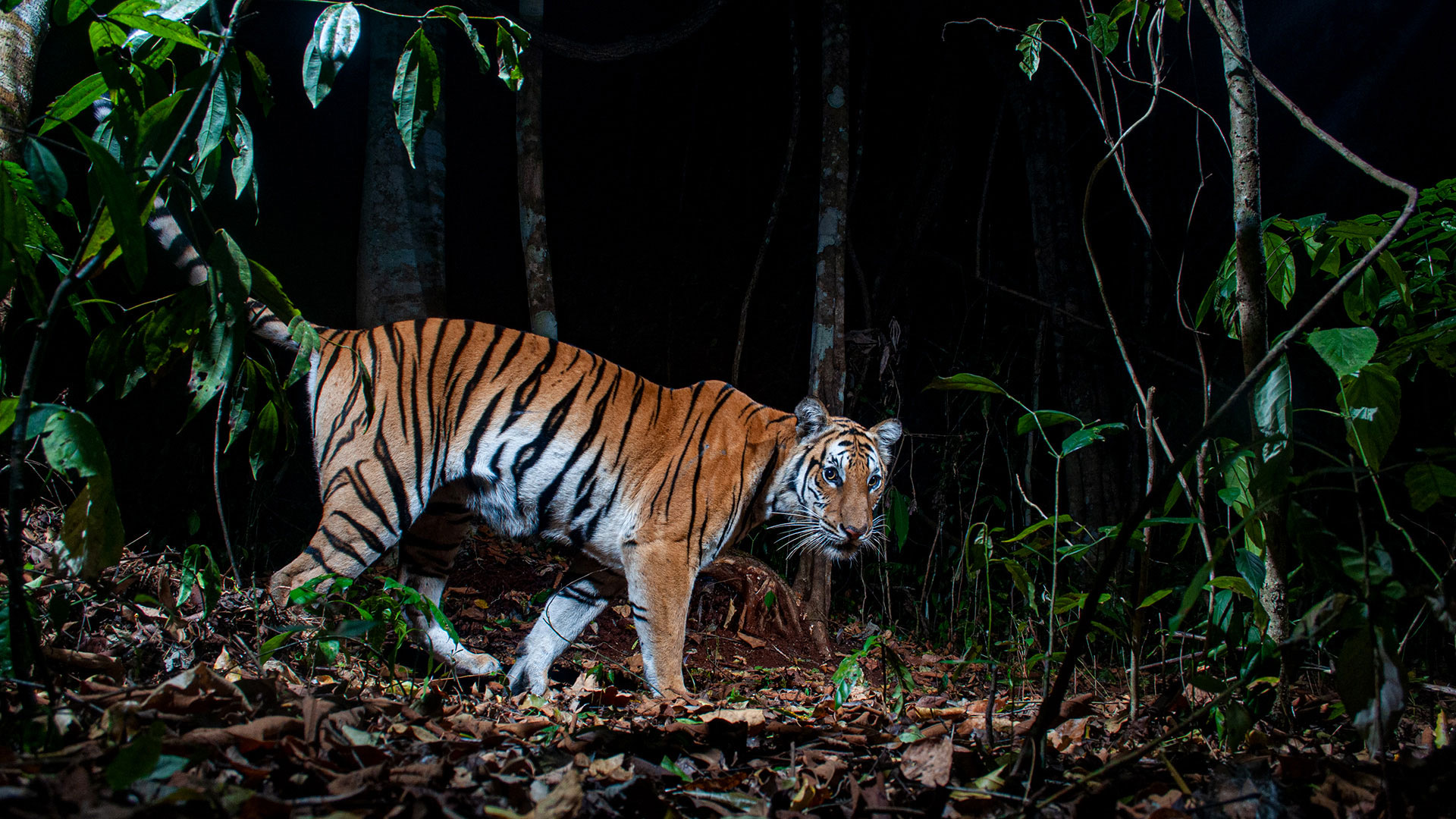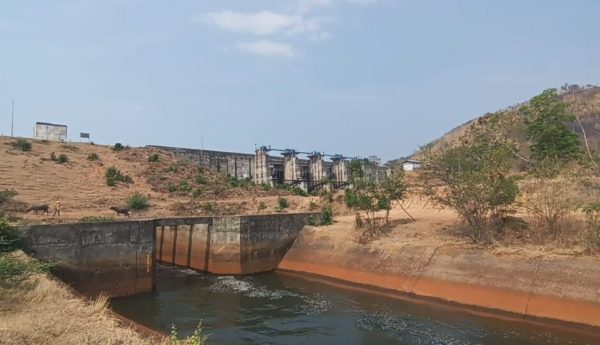Progress observed in Mae Wong – Khlong Lan rewilding

A deer giving birth might not appear remarkable. But when the fawn is born in Mae Wong – Khlong Lan national parks in the north of Thailand, it’s cause for great celebration because it marks a major achievement in the progress of a rewilding project.
At the recent annual seminar held by Kasetsart University’s Faculty of Forestry, researchers, students, activists, and interested members of the public got together in person for the first time since the Covid pandemic to share their studies, research and activities as well as exchange ideas on natural conservation. The results of the project to increase the sambar deer population were also presented.
Since 2010, the Department of National Parks, Wildlife and Plant Conservation (DNP) and the WWF Thailand as well as local communities have been working closely to grow the population of tigers in the Upper Western Complex, covering Mae Wong, Khlong Lan, and Khlong Wang Chao national parks and Umphang Wildlife Sanctuary in Nakhon Sawan, Kamphaeng Petch and Tak provinces.


The tiger is the apex predator in the ecosystem and a large population indicates the health of that ecosystem. In simple terms, a large number of tigers means that there are sufficient populations of animals like sambar deer, banteng and gaurs to feed the tigers, adequate amounts and varieties of plants to feed the tigers’ prey, good soil, and plenty of water sources.
In Southeast Asia, Indo-Chinese tigers are mostly found in Thailand. A recent study from DNP showed that there wor 148-189 wild tigers in Thailand, especially in the Western Forest Complex and the Dong Phyayen – Khao Yai Forest Complex.
Dr. Worrapan Phumanee, WWF’s Project Manager of Rewilding and Research, said that during the first years of the tiger recovery project, the number of big cats remained unchanged due to strict measures to prevent hunting and poaching.
“Later, we took into consideration the predator theory and started to pay more attention to artiodactyls like sambar deer. We found these animals in only 20% of the entire Upper Western Complex. Our study also showed that while the number of small animals like wild boars and barking deer was growing, bigger ones like sambar deer and gaur did not increase in number. So we began to focus on increasing the population of sambar deer to shorten the recovery period for the ecology system,” Worrapan explained.

Worrapan noted that only a few objectives were set for the project to increase the sambar deer population. Initially, the team only hoped that the deer, which are bred and raised in cages, would survive and remain healthy after being released into the wild. The ultimate goal was to see them breed outside of captivity, thus expanding the sambar deer population in the long term.
Wildlife breeding has been one of the DNP’s activities for several years to increase the number of wild animals nationwide. Under this project, the breeding has a clear purpose – upping the population of sambar deer in the Mae Wong – Khlong Lan forests.
In 2021, 32 Sambar deer were bred and released, followed by 44 in 2022 and 14 in 2023, totalling 90. The research team fitted the deer with satellite collars before releasing them to gather information.
Pongsawat Nipitpanya, Head of Khao Kho Wildlife Breeding Centre, said, “In the beginning we had quite a lot of wildlife in our stock so we could release more to the wild. Later, we were unable to breed enough so the number of sambar deer being released dropped last year. But we won’t give up. There are so many things we need to help nature recover.”
In parallel with the breeding programme, DNP and WWF Thailand are improving the habitat by increasing saltlicks and waterholes as well as ensuring there are enough plants to feed the increasing number of deer.
Nearby communities have also been involved. Children participated in making saltlicks and went back home to tell their parents what they did. Their passionate stories then inspired their family, friends and community to join them in improving the habitat and protecting the area.

The data obtained from the satellite collars and pictures or video clips from camera traps installed in the forest are important tools for the research team to learn what is happening to the wildlife.
“So far, our data shows that only 40% of the deer have survived. That is to be expected as they are the first generation and may not have good survival skills. They need time to adapt and learn,” said Worrapan.

“If you ask me how I rate the success of this project so far, I would say this is an ongoing project and we have to continue for many more years. Nature is very complicated. It takes time for us to see the results. But the birth of a fawn from a released deer is a really good sign,” said Worrapan.
By Thai PBS World Feature Desk






